DDR5 RAM represents the next leap in memory technology, pushing the boundaries of speed and efficiency far beyond its predecessor, DDR4. This article explores the world of DDR5 RAM, highlighting its increased bandwidth, improved power efficiency, enhanced capacity potential, and the implications for future computing. With DDR5, users can expect to witness significant improvements in system responsiveness and multitasking capabilities, making it a pivotal upgrade for both everyday computing and specialized high-performance tasks.
Blazing-Fast Speeds and Bandwidth
Major Leap in Data Transfer Rates
DDR5 RAM delivers a substantial increase in data transfer rates compared to DDR4. With the promise of speeds that can double what DDR4 offers, DDR5 enables quicker loading times, faster data processing, and the ability to handle more simultaneous operations. This speed boost is essential for high-end gaming, complex calculations, and data-intensive applications, providing a smoother and more efficient computing experience.
Expanding Bandwidth for Intensive Workloads
Not only does DDR5 offer faster speeds, but it also provides greater bandwidth. This allows for larger volumes of data to flow through the memory subsystem, effectively reducing bottlenecks and improving overall system performance. High-bandwidth memory is particularly beneficial in scenarios like video editing, scientific simulations, and server environments where data throughput is critical.
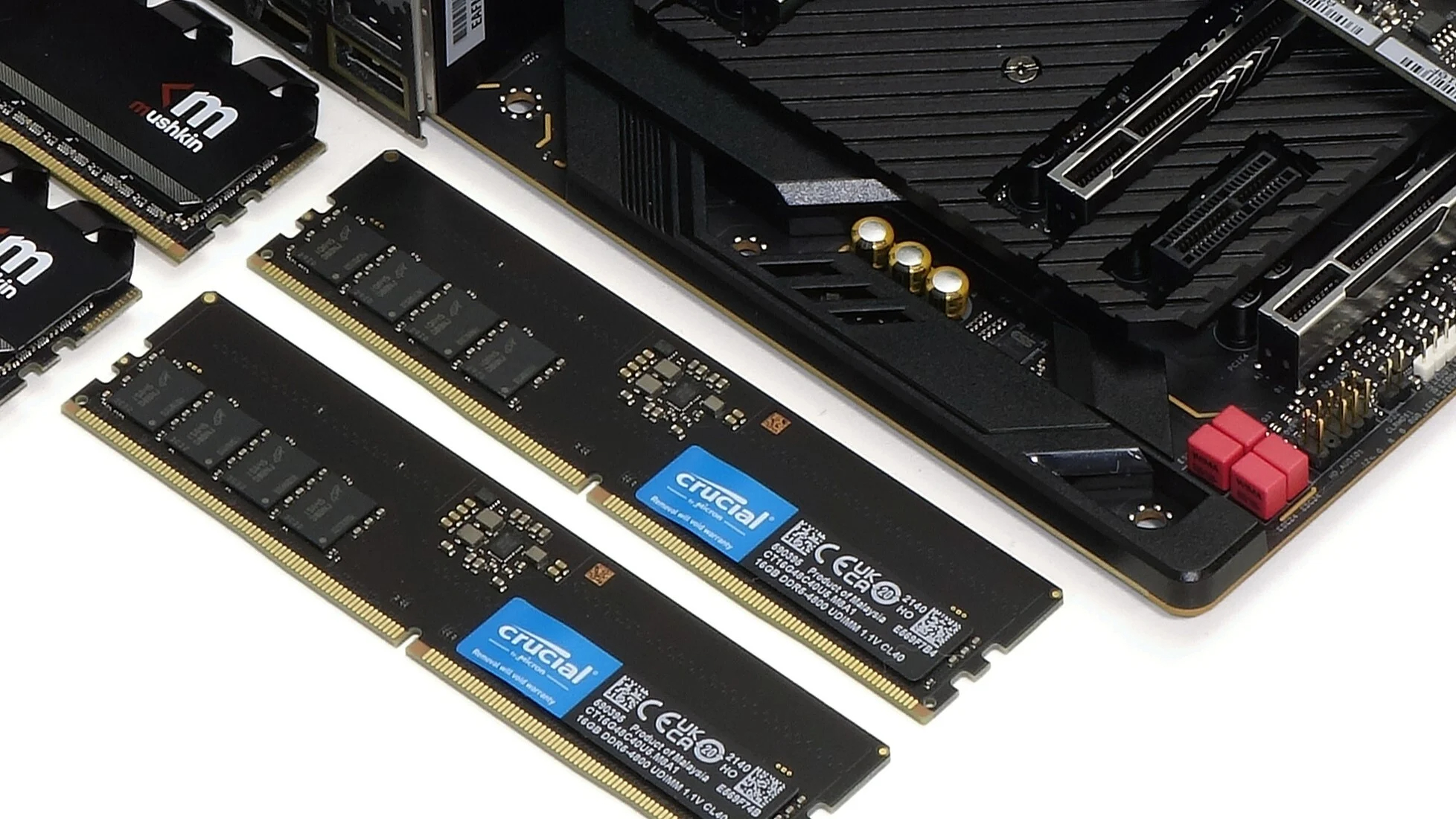
Enhanced Power Efficiency and Management
Lower Power Consumption
DDR5 RAM introduces more refined power management features that contribute to lower power consumption overall. Its design includes on-die ECC (Error Correcting Code) and a novel power management integrated circuit (PMIC), which work together to ensure that the memory operates more efficiently, wasting less energy and contributing to longer-lasting systems, especially in mobile devices.
Improved Performance Per Watt
With DDR5’s improved power efficiency, systems can achieve better performance per watt, which is a vital consideration for both portable devices and large-scale data centers. Energy savings are substantial in the long run, leading to reduced operational costs and a lower environmental impact without compromising on performance.
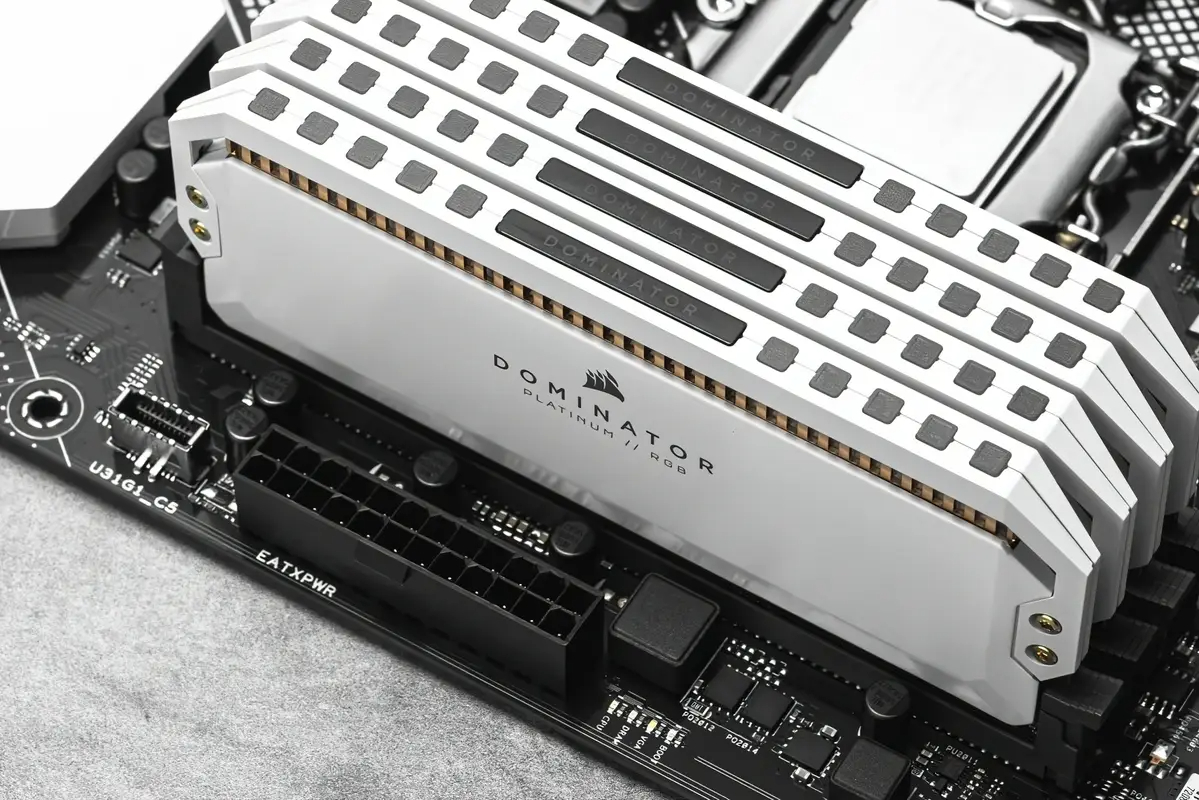
Higher Capacity for Future Applications
Increased Capacity Limits
One of the standout advantages of DDR5 is its potential for higher capacity modules. As applications and operating systems grow more demanding, the need for more RAM becomes evident. DDR5 caters to this demand, with plans for modules that far exceed the current maximum capacity of DDR4 RAM sticks, ensuring users can scale up their systems to meet the needs of tomorrow’s software.
Supporting the Growth of Data-Driven Technologies
As we enter an era of big data, AI, and machine learning, the increased capacity of DDR5 RAM ensures that memory does not become a limiting factor. These data-driven technologies require vast amounts of memory to function optimally, and DDR5’s higher capacity modules position it as an enabler of innovation in these fields.
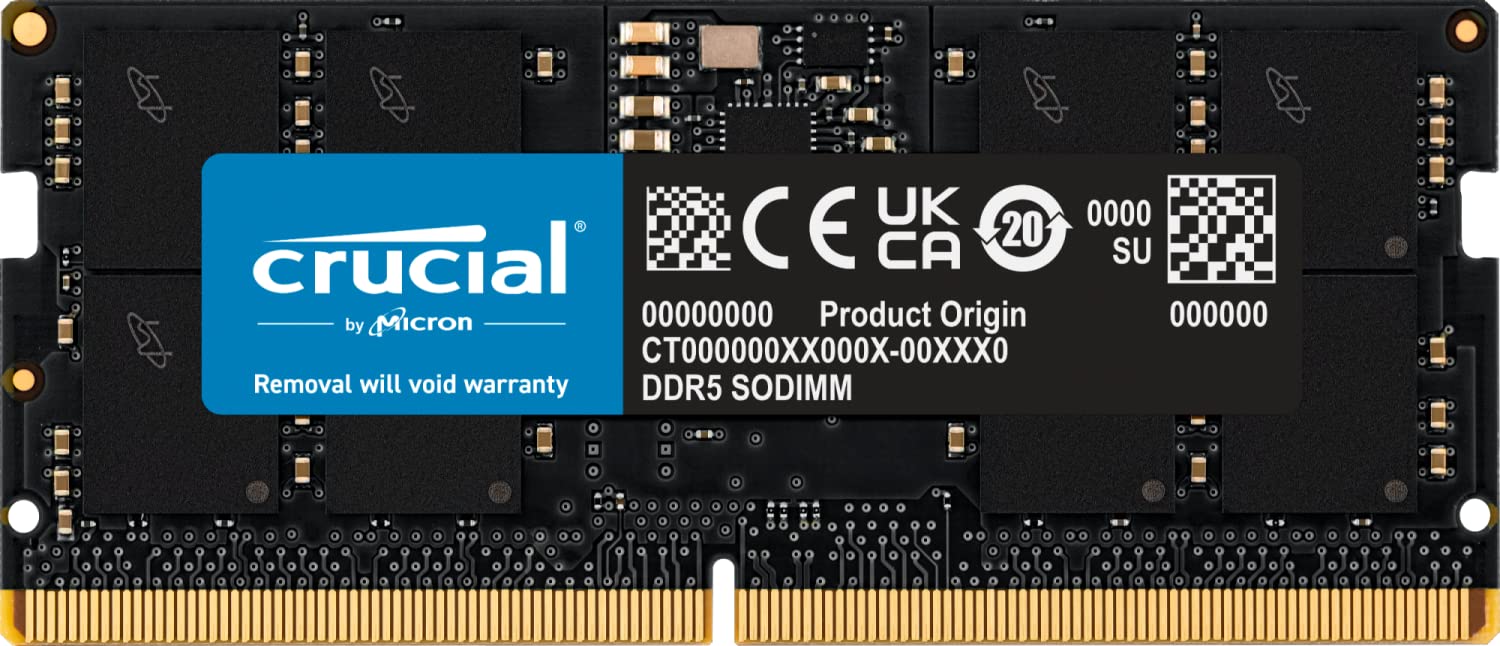
DDR5’s Role in Next-Gen Systems
Readying for the Next Wave of Computing
DDR5 RAM is more than just an incremental upgrade; it is a cornerstone for the next generation of computing technology. By providing the speed and capacity necessary to handle emerging technologies, DDR5 RAM ensures that systems are ready for advancements such as 5G, augmented reality, and beyond.
Long-Term Benefits for All Users
The long-term benefits of DDR5 extend to all types of users. From gamers seeking high-performance rigs to professionals in creative and technical fields requiring robust computing solutions, DDR5 RAM offers a future-proof investment. As the industry adopts DDR5, users can rest assured that their systems will remain relevant and competitive in the years to come.
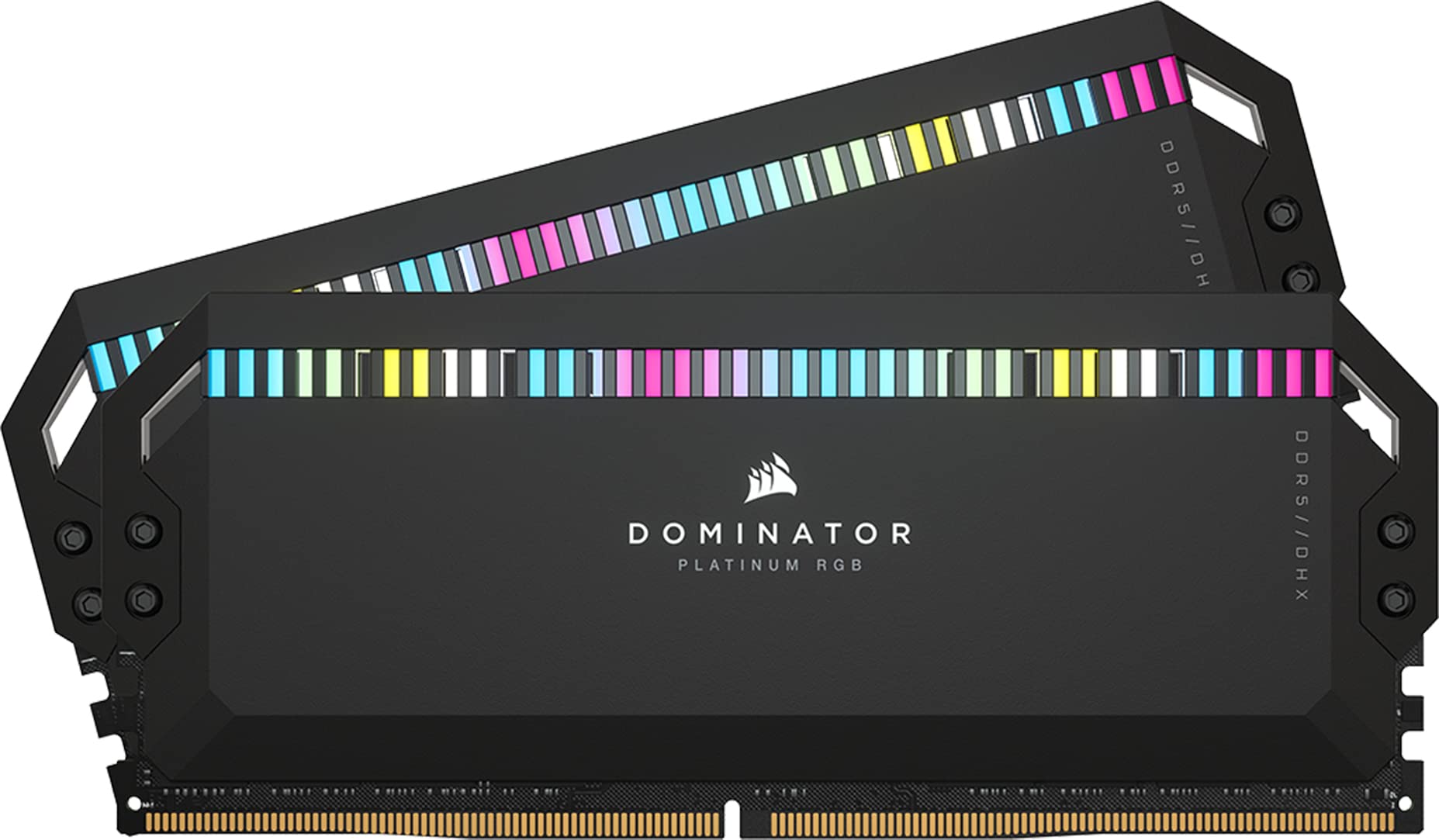
Boosting Multitasking and Responsiveness
Keeping Pace with Multicore Processors
Modern CPUs with multiple cores demand memory that can keep up with concurrent data requests. DDR5’s increased transfer rates and bandwidth ensure that multicore processors don’t spend time waiting for data, allowing for better multitasking and responsiveness. This synchronization between CPU and memory is crucial for systems running complex tasks simultaneously.
Benefiting from Dual-Channel Improvements
DDR5 RAM introduces enhancements in dual-channel architecture that allow for increased performance. The new dual-channel configuration provides each channel with its own independent control, which can lead to improvements in multitasking capabilities and the ability to run multiple applications smoothly without performance degradation.
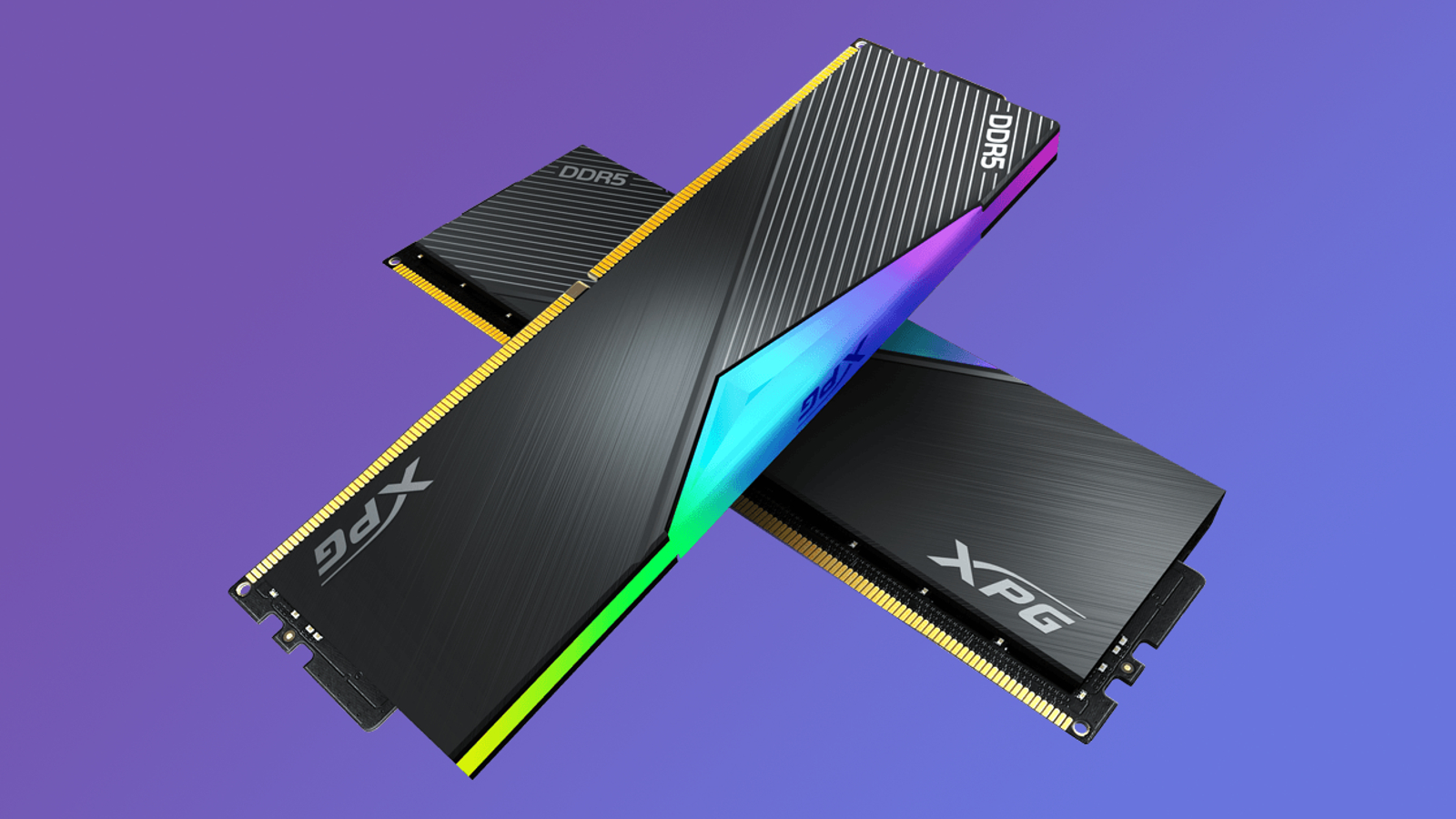
Advancement in Memory Technology Standards
Setting the Stage for Universal Adoption
As DDR5 RAM begins to gain traction, its adoption is set to become the new standard in both consumer and enterprise computing. Memory manufacturers are aligning their production roadmaps with DDR5 specifications, signaling an industry-wide shift that will see DDR4 eventually phased out in favor of the newer, more advanced DDR5 standard.
Compatibility and Transition Considerations
For users considering an upgrade to DDR5, it’s important to note that DDR5 is not backward compatible with DDR4 slots due to differences in design and function. Transitioning to DDR5 will require a compatible motherboard and potentially a new CPU that supports the standard. Despite these considerations, the performance benefits of DDR5 make it a worthwhile upgrade for those needing cutting-edge system capabilities.
Expanding DDR5 RAM’s Role in Computing Ecosystems
Enabling Faster and More Complex Applications
The faster speeds and larger capacities of DDR5 RAM open the door for more sophisticated applications. As software developers begin to harness the full potential of DDR5, we can expect to see applications with enhanced features, improved user experiences, and complex operations that were not possible with previous generations of RAM.
Future-Proofing for the AI and IoT Era
The growth of artificial intelligence and the Internet of Things (IoT) is creating a world interconnected by smart devices. DDR5 RAM is well-positioned to support vast data requirements. These requirements come from emerging technologies. Devices with DDR5 can process and analyze data swiftly and effectively. Systems with DDR5 handle the demands of AI algorithms better. They are also better equipped for IoT devices. DDR5 contributes to smarter, more efficient technology ecosystems.
In conclusion, DDR5 RAM represents a significant advancement in memory technology. Its benefits set the stage for the future of computing. DDR5 offers increased speed, bandwidth, and capacity. It also provides improved power efficiency. These factors make DDR5 an attractive option for building or upgrading a computer. As DDR5 gains popularity, its importance in driving technological innovation grows clearer. It promises to boost the performance of consumer and enterprise systems alike.
